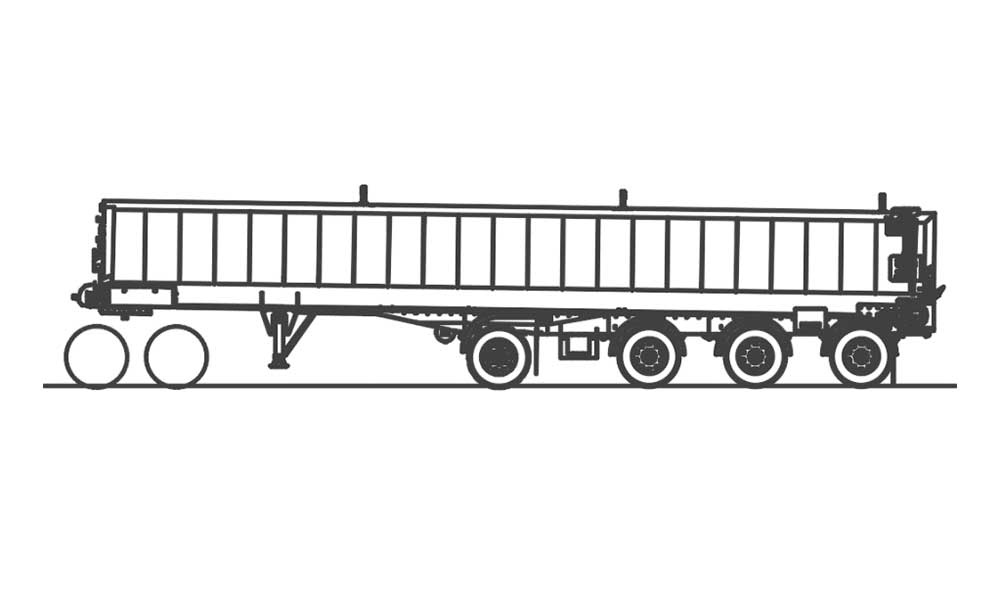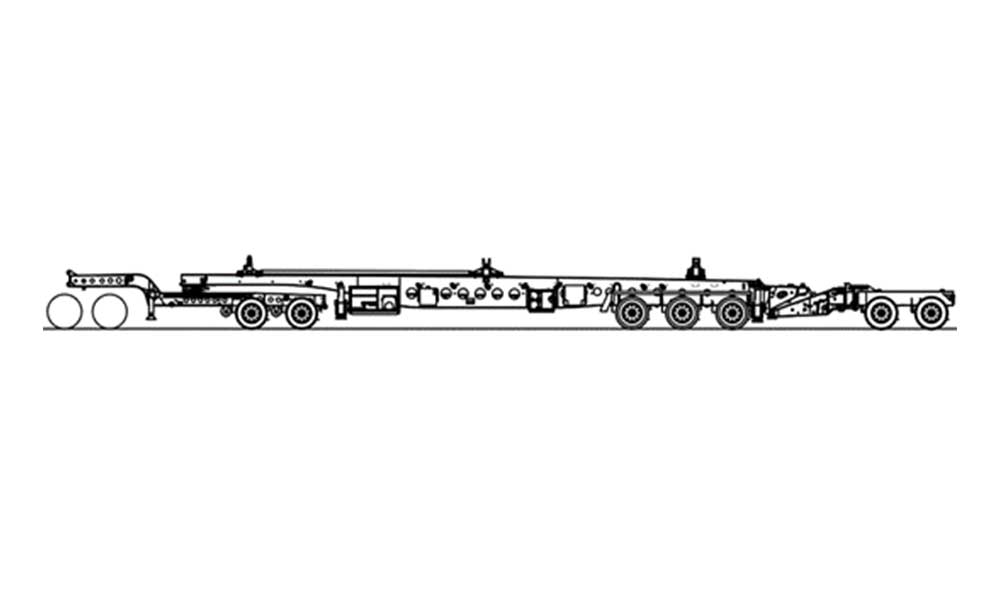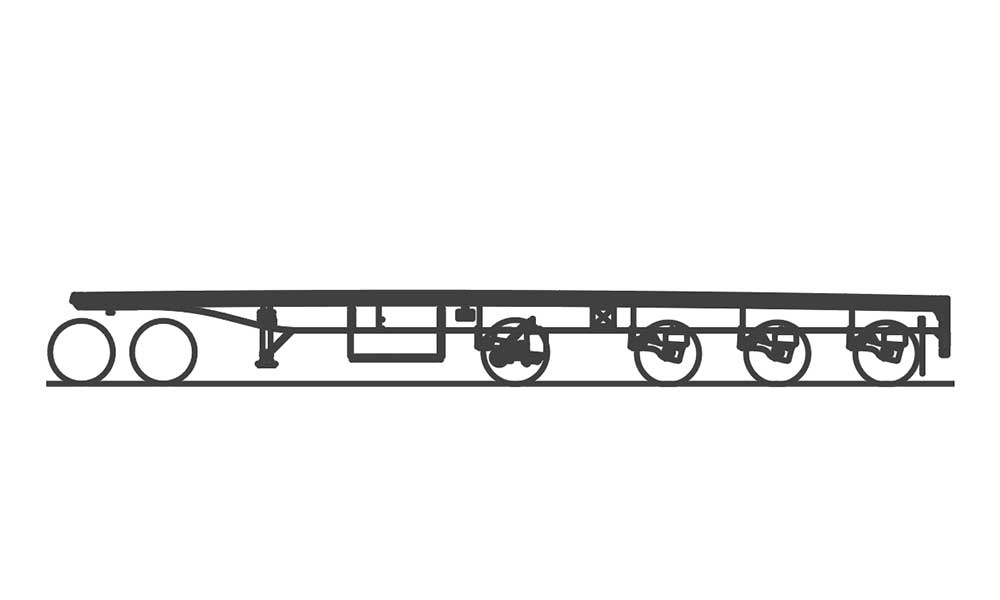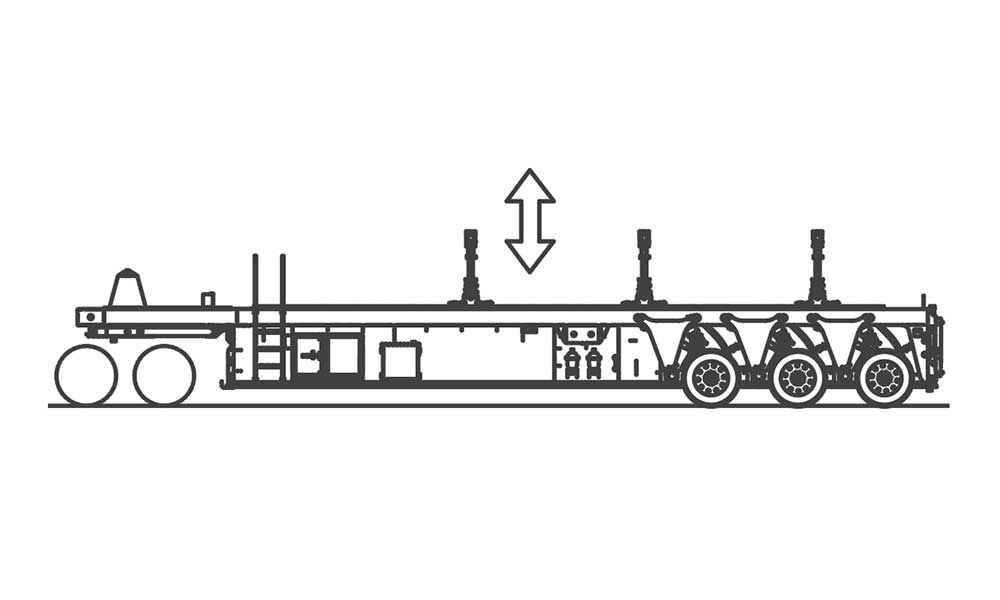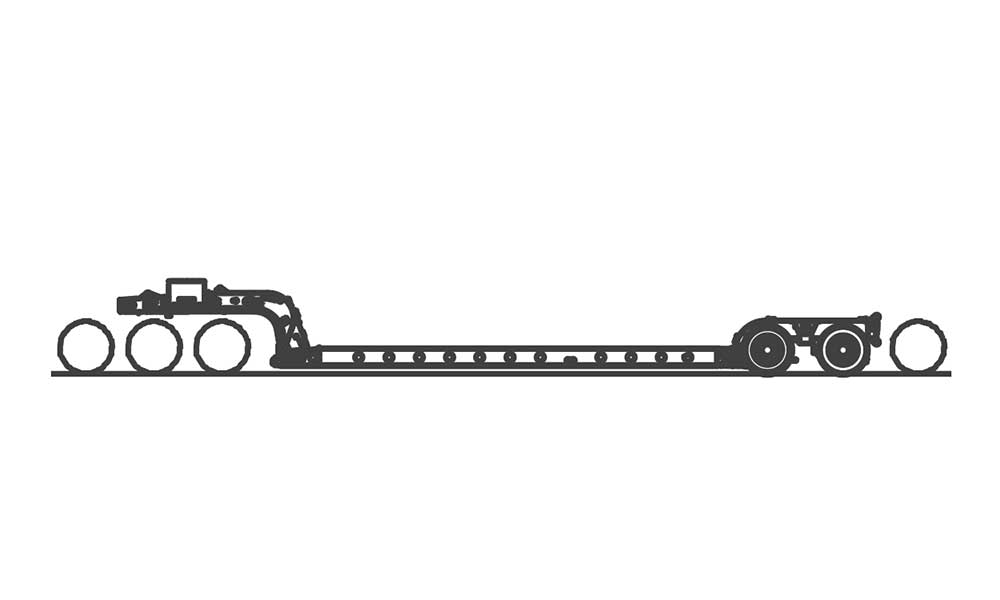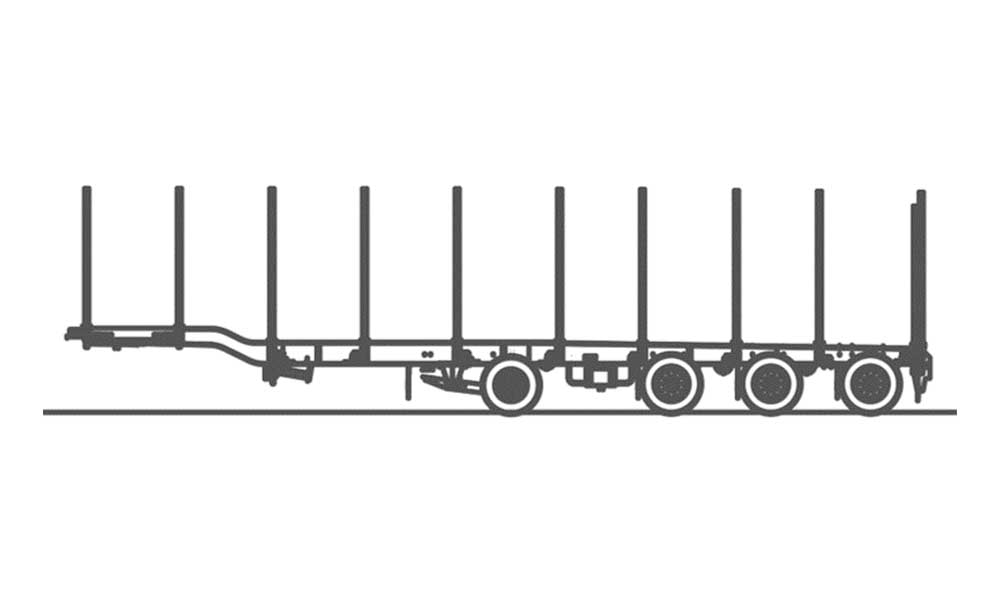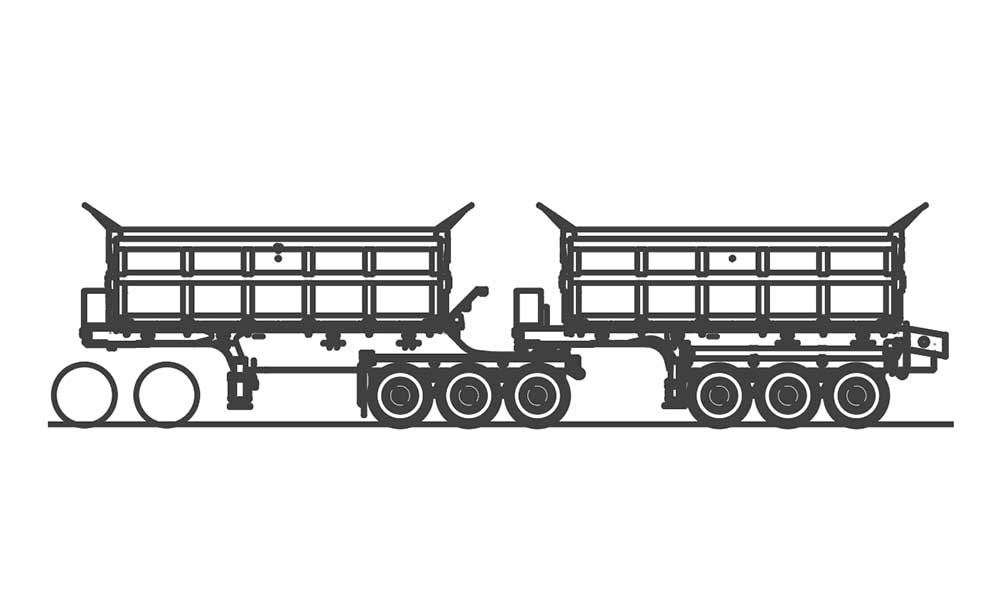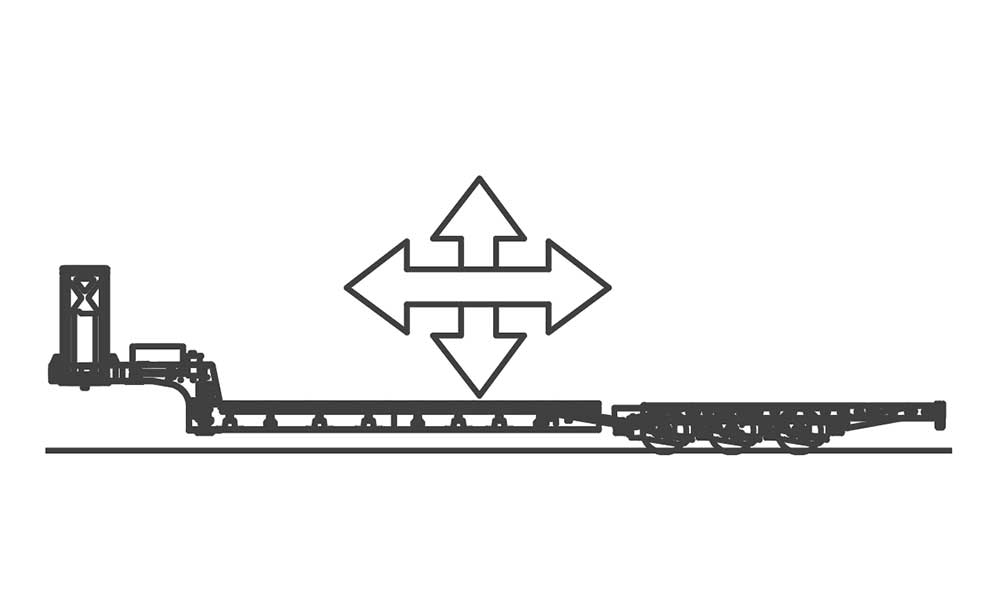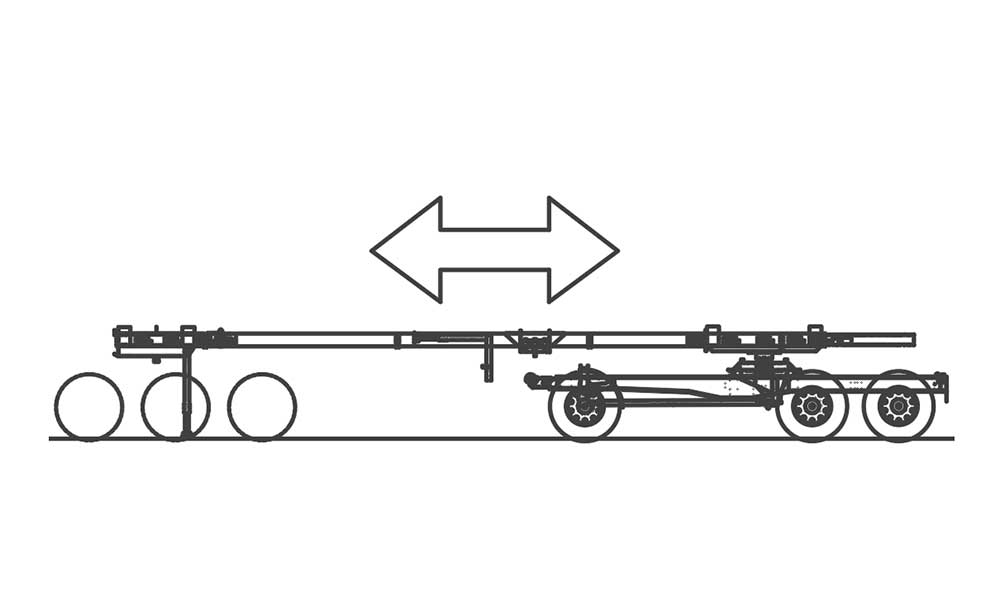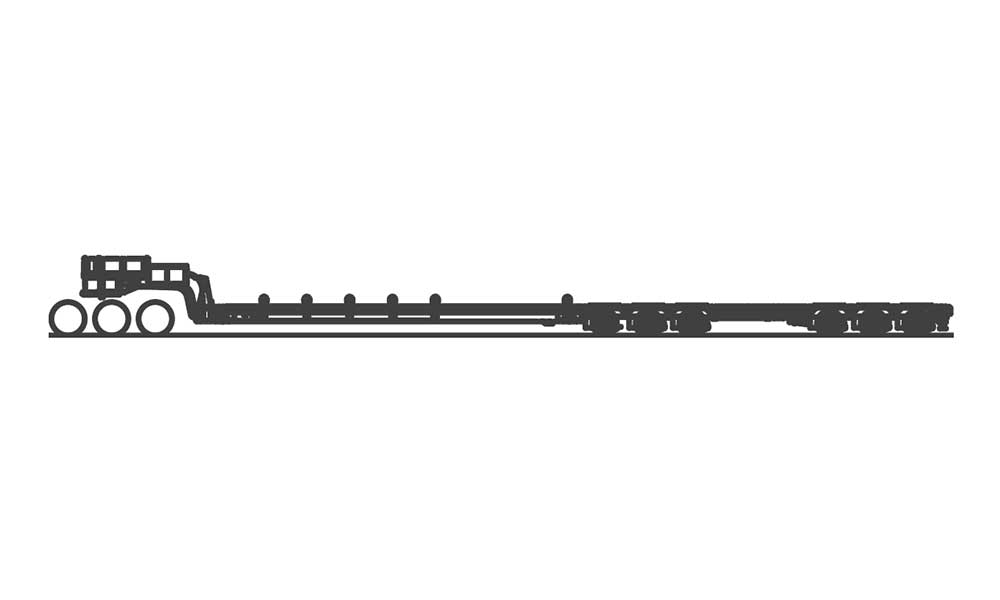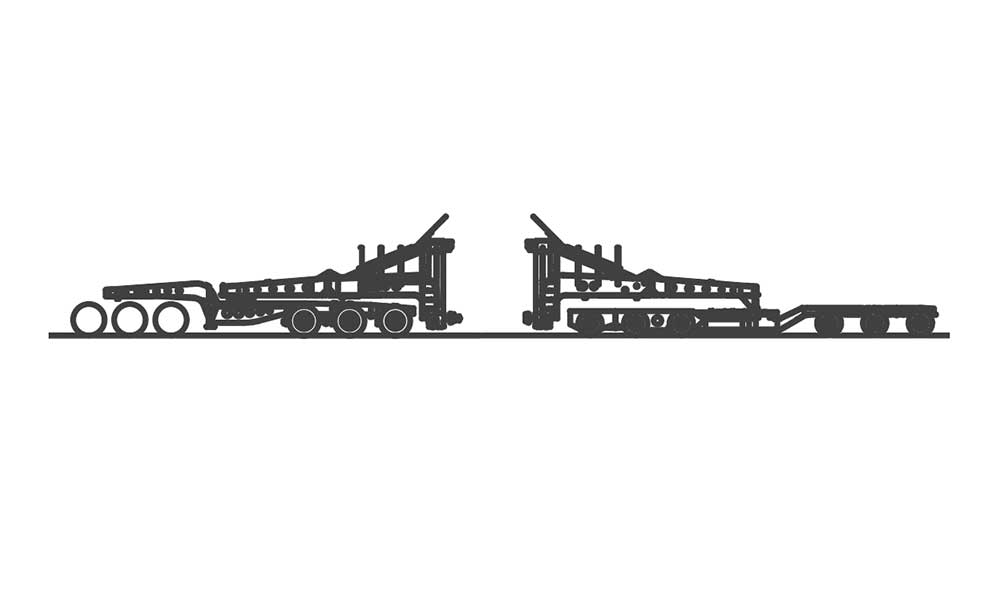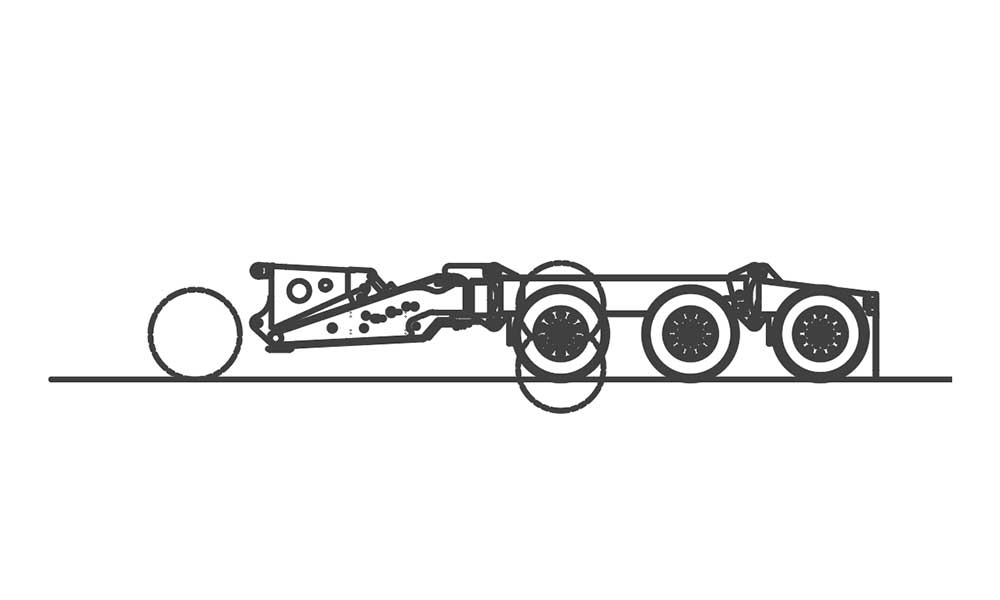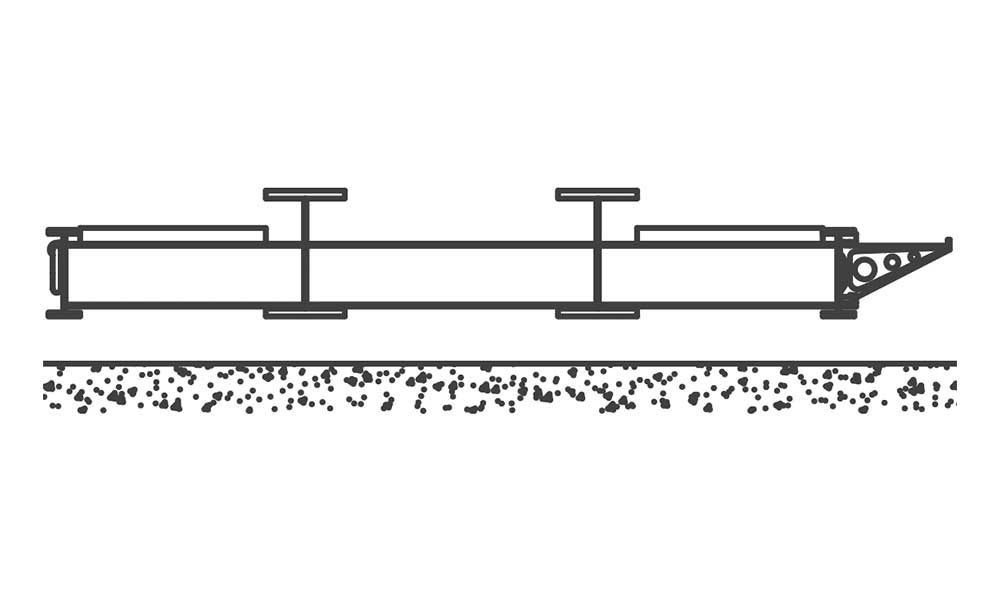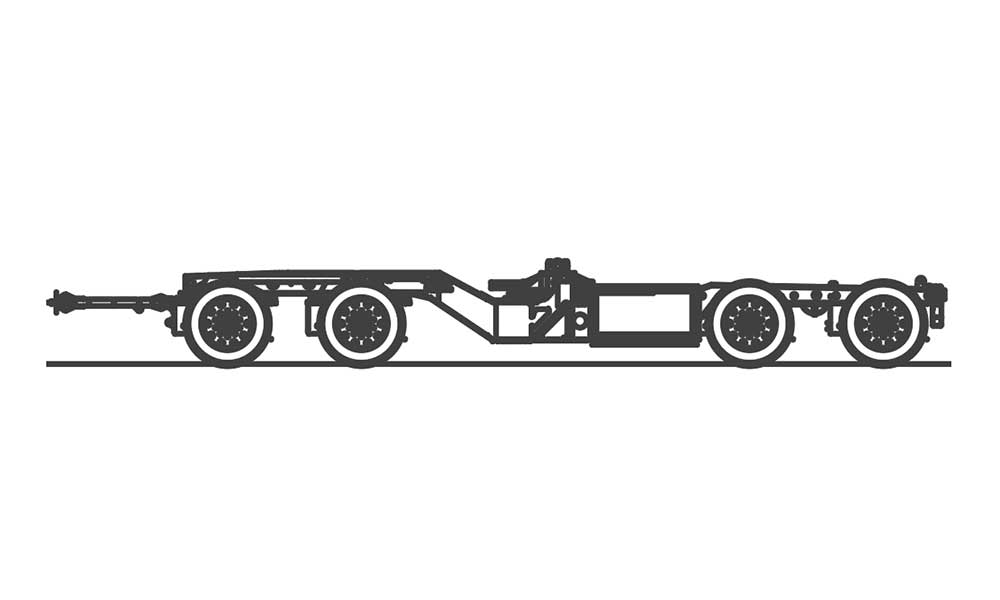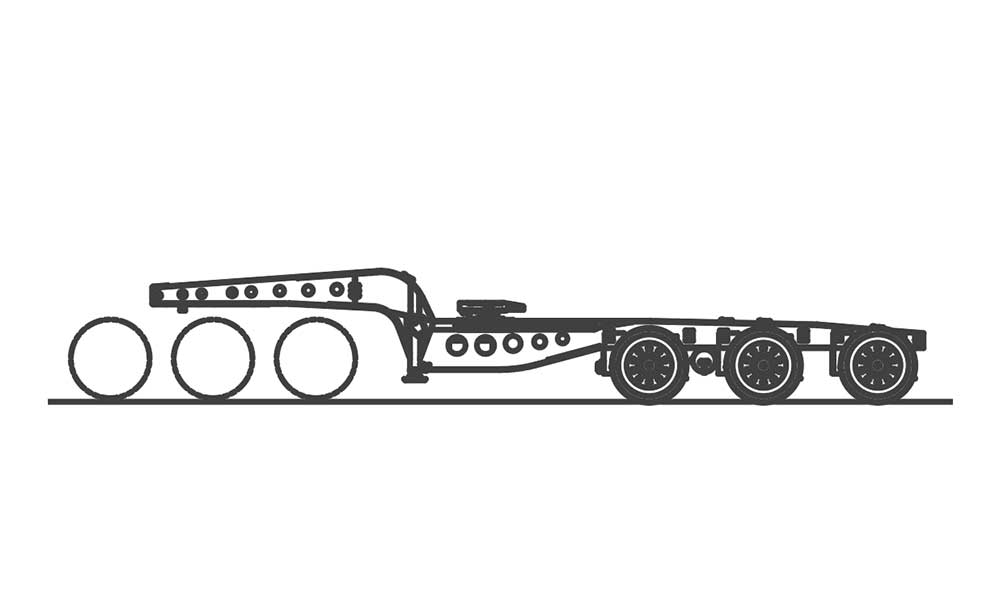Products
High Performance Hauling Systems
Discover the vast lineup of products that are offered at Temisko
Bulk
The lowest tare weight is at the forefront of the bulk trailer design. Each pound saved on the trailer, directly translates to one pound in payload. These self-unloading trailers are actuated by the PTO on the trucks. The unloading methods are typically done by a telescopic cylinder or by a conveyor belt. Both unloading methods offer their own set of advantages and disadvantages. Careful consideration is the key to determining the best type of trailer to maximize the profitability.
Crane Hauling
There are a wide range of cranes to serve dedicated job type or are dedicated to a type of worksite. Some cranes need to be disassembled and re-assembled at the job sites because of weight laws that limit the permissible weight of the crane itself. Some cranes are simply not able to go on the road as the axle weight would never meet axles laws.
Boom dollies and boom launchers address these issues in a unique way. Boom dollies allow the crane to be shipped mostly assembled by adding axles to spread the load. Boom launchers aid in disassembly, re-assembly while serving as a trailer to ship from job site to job site.
Flatbeds
Flatbeds may seem simple at first glance, but the nearly infinite amount of options and configurations make this product line one of the most diverse. The frame design is grouped into three main categories: Flat, Flat Drop and Double Drop. Other frame variations and differing axle configurations exist within each major category.
Deck height is limited by many factors, but the most prevailing factors are coupler height, tire size, and frame configuration. This means that selecting the proper components is critical.
Floorless
Floorless trailers are constructed with an axle that does not span the width of the trailer. The suspension is specifically made to allow the trailer to have no floor in the middle. This allows the trailer to pick up and drop off large pallets with its special high travel suspension and coupler.
The pallets are constructed with a “C” channel along its length to accept the protruding metal plate of the trailer. When the lowered trailer is backed into the pallet, the plate slides into the “C” shape. The suspension and coupler is then raised, lifting the interlocked pallet with it. The pallet is unloaded with the same mechanism.
The ultra-low height of the loading platform is simply the palette thickness and ground clearance combined. This allows the operator to load very tall items on the deck that cannot be hauled conventionally.
Another advantage is the ability to shunt loadings to a location and stockpile them without needing additional equipment to unload. Once the loadings are required at a factory or job site, the pallets are then self-loaded and delivered from the laydown yard. This eliminates the need for multiple conventional trailers sitting still in a yard waiting to be loaded/unloaded. The trailer can also self-load multiple pallets to reduce the number of return trips. In most cases, the total operational cost of a floorless trailer, with many pallets, is less than multiple flat beds.
Heavy Haul
There are many weight classes, configurations and options when it comes to heavy haul. The most common type of trailer in the heavy haul category is low beds. These trailers are purposefully built to carry the load low on the deck section. As the weight class increases, the low bed will need accompanying trailers to help equalize the loading on all axles. The low beds become more modular as they increase in capacity. Pin joints are added to create shim points to alter the camber as needed. The pin joints are also used to interchange deck sections and components to suit the job at hand.
Another type of trailer that is used is a jeep and dolly configuration. This configuration may use the self-supporting load to span between the jeep and dolly. If the load is not self-supporting or is too short, a double gooseneck beam is added between the jeep and dolly to bridge the gap. These configurations are available in many weight classes.
Loggers
Logging trailers are specifically built to withstand incredibly harsh conditions while maintaining a low tare weight. These high-performance structures have been designed and refined over many decades. The accumulated knowledge has led to trailers that offer a competitive tare weight with low maintenance costs.
Component selection is incredibly important as the logging industry has many particularities where normal components will not be of value. The initial investment in quality parts and design will translate into more uptime.
Mining
Mining method, operating conditions, climate and workforce are all important factors in choosing the right equipment. Temisko offers a combination of “off the shelf” solutions and custom builds. Temisko understands that every ton and uptime is precious.
Specifications for the haul units are tailored to the climate. Extreme cold will render metals brittle and affect any system in unconventional ways. Extreme heat will affect the allowable tonnage per axle. Experience and technical know-how becomes a driving force when selecting components and hauling systems.
Modular Home
Moving prefabricated houses requires a trailer that can do multiple jobs. The width and length of the trailer must extend to the module’s size. The low frame keeps the overall height low during transit. Once on-site, the trailer must then be able to side step and rise up to the footing. These features make the delivery and installation process much faster, with less manual labour.
Oil & Gas
Oil and gas trailers are often very dedicated units. Some are mobile drilling stations and others are purpose-built for a type of product. Steering axles are a popular addition to these configurations because of the long loads and tight off-road conditions.
Rail Transport
Hauling rail units often require dedicated equipment. Most rail hauling trailers are designed not only to haul the units, but also to assist in the loading process. The trailers may have deployable landing gear to smooth our transitions or have integrated ramps. These features are key to a successful delivery.
Wind
Hauling windmill parts require specialized equipment. The blades, top sections, mid-sections, bases and nacelles all require dedicated trailers. Temisko has worked with our clients to offer products that can be transformed or expanded to remain current with industry changes. Some of the equipment offered has parts that can be re-used to make new configurations that are compatible outside of the wind hauling sector. Other units are comprised of multiple trailers that can be selected for their competitive tare weight or for the possibility of later re-use in other sectors.
Most equipment made for this sector is equipped with steerable axles. Temisko’s steerable system is second to none because of its superior geometry and low dog tracking. After an initial system pressurization, the double redundant hydraulic link between the control turntable and the steering actuators requires no additional power sources. This steering system has proven itself on over 200 units spanning 11 years.

